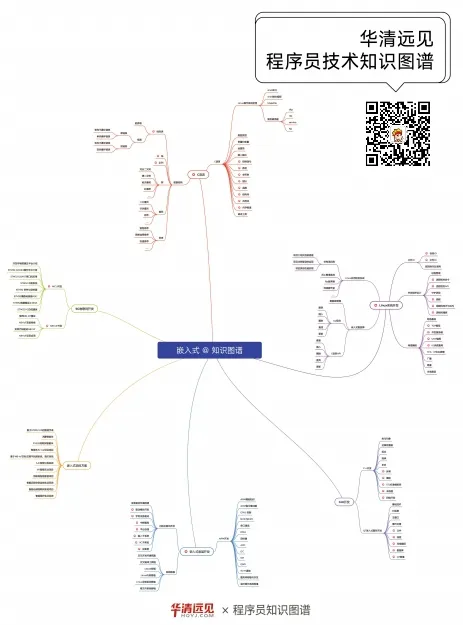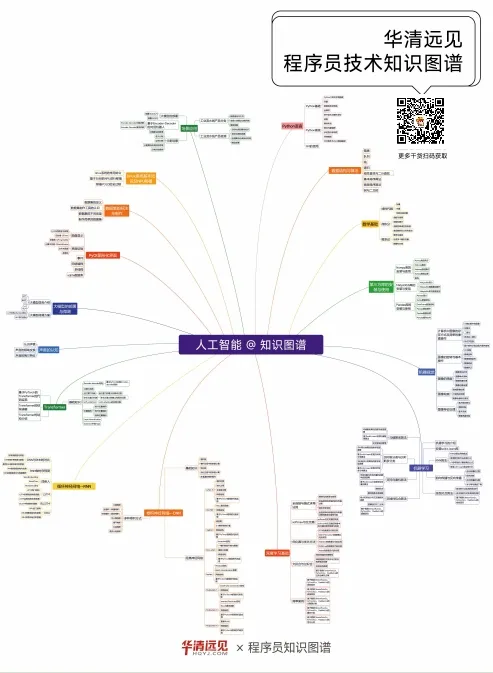
Efficient embedded systems, if purely pursuing speed and performance, can be resolved by using the highest configuration hardware (high-performance CPUs, large memory, and various good peripherals, etc.).
However, this goes against the original intention of embedded systems.
As an embedded system is asoftware and hardware system flexibly tailored based on user needs, designing a high-performance embedded system must consider both software and hardware aspects comprehensively.
Do you know how todesign efficient embedded systems based on RISC-V architecture?
1) About RISC-V
RISC-V is an open-source instruction set architecture (ISA) based on the principles of Reduced Instruction Set Computing (RISC).
First, we can choose the appropriate RISC-V core based on requirements. For example, RV32I or RV64I for general computing, RV32E for low-power applications, and RV32G or RV64G for high-performance computing.
Select the appropriate extension instruction set according to needs, such asM (integer multiplication and division), A (atomic operations), F (single-precision floating-point), D (double-precision floating-point), etc. These extensions can significantly enhance the performance of specific tasks.
2) About Hardware Design
• SoC Integration:
Design a System on Chip (SoC), integrating necessary peripherals and interfaces such as GPIO, UART, SPI, I2C, DMA controllers, timers, interrupt controllers, etc. Ensure that the selection and configuration of peripherals meet application requirements.
• Memory Subsystem:
Reasonably design the memory hierarchy, including caches (L1, L2), SRAM, and external memory (like DDR). Using caches can significantly enhance performance and reduce access latency to external memory.
• Power Management:
Design a Power Management Unit (PMU) that supports Dynamic Voltage Frequency Scaling (DVFS) and power gating technology to reduce power consumption. By entering low-power mode during idle times, unnecessary peripheral activity can be minimized.
• Clock Management:
Design multi-level clock domains that support independent clock control for different modules to reduce power consumption. For instance, clocks can be turned off for certain peripherals when they are not in use.
3) About Software Design
• Code Optimization:
Write efficient code, avoiding unnecessary loops, etc.
• Operating System:
Select an appropriate operating system that provides us with task scheduling, interrupt handling, memory management, and other functions to enhance system responsiveness and stability.
• Compiler Optimization:
RISC-V supports the GCC compiler, and optimization options like -O can be included during compilation.
———— END ————
Huaqing Vision has been deeply cultivating the high-end IT field for 21 years, carefully creating[Embedded][Artificial Intelligence] high-end courses. A complete learning path helps you progress from beginner to advanced, suitable forindustry novices, technical transitions, cross-industry specialization, and professional development among various groups.
Additionally, Hua Mei has prepared a surprise for everyone! Includingembedded systems, the Internet of Things, artificial intelligence and several high-paying employment courses with special course benefits prepared for everyone~

△Embedded Learning Path

△Artificial Intelligence Learning Path

Scan the QR code above, consult Hua Mei
to learn more[Embedded/Artificial Intelligence] course details

Huaqing Vision Education Technology Group was established in 2004 and is a leading brand in education services for the new generation of information technology fields, integrating industry, academia, and research. It is committed to enabling every student to easily, directly, and efficiently acquire IT education services that keep pace with the forefront of technological times, achieving high-end career dreams. From offline to online, from teaching to research and development, from theory to practice, from campus to workplace, comprehensive talent cultivation solutions are provided for enterprises, universities, and individuals. Currently, multiple learning centers have been established in major first- and second-tier cities across the country, supplying over 330,000 IT talents to enterprises and empowering talent cultivation and support for over 1,100 universities and 20,000 enterprises.